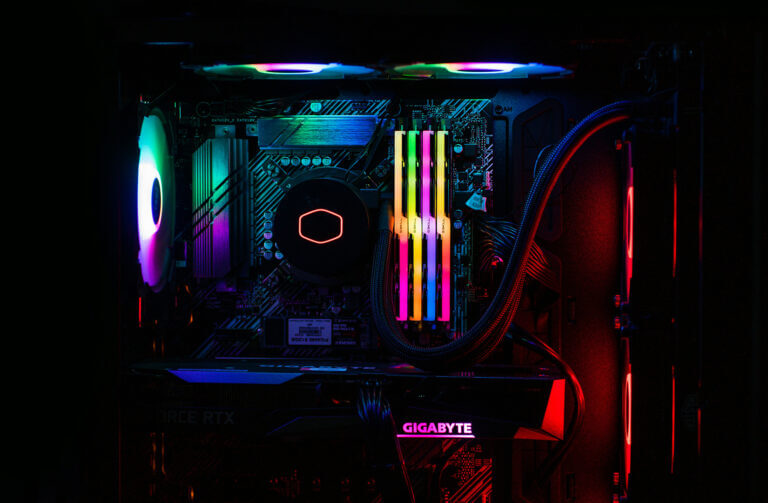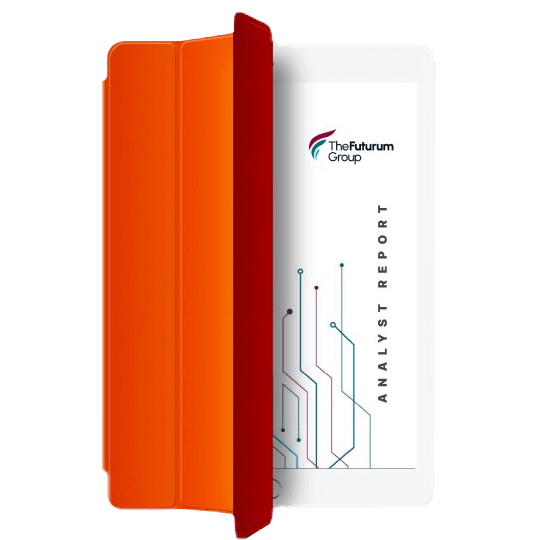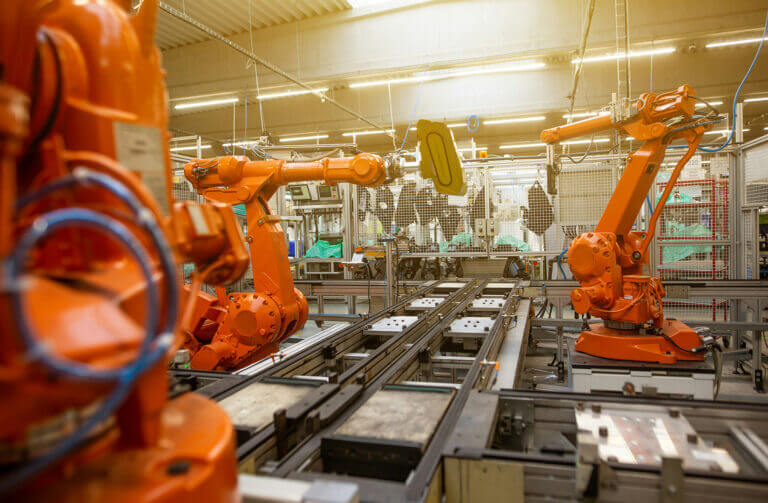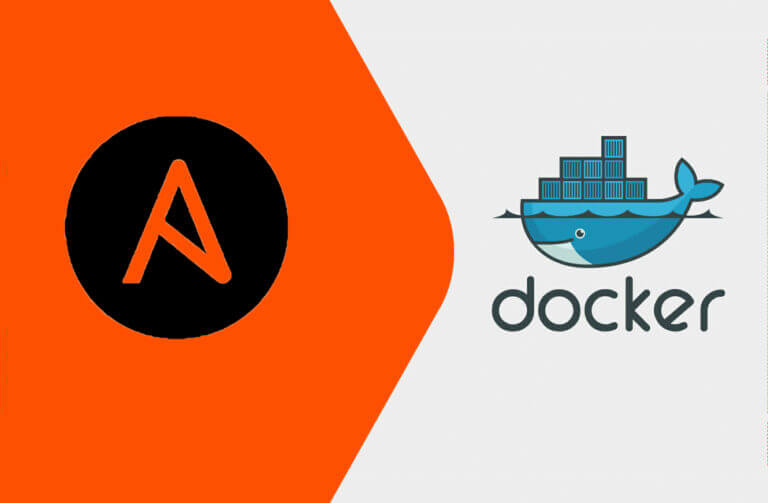If you’re interested in artificial intelligence, natural language processing, or large language models (LLMs), you’ve probably heard about the fierce competition between different models and training routines. There’s an ever-growing number of models that try to innovate how their AI learns or what it’s capable of. But the hardware backbones that support those models are also seeing rapid change and development.
Language Processing Units (LPUs) are chips developed to aid in the development of LLMs. Built from the ground-up to make language training fast and efficient, LPUs aren’t going to replace GPUs as the preferred chip for AI tasks, but there are likely tasks where they’ll soon be the best possible choice. Below, we explain what LPUs are, how they’re different from GPUs, and what they’re capable of.
What is an LPU?
LPU stands for Language Processing Unit. LPU is a proprietary chip developed by a company called Groq. LPUs are a crucial part of LPU Inference Engines, which are a new type of end-to-end processing unit system for the applications and workloads that are most commonly associated with natural language processing or AI language applications.
Architecturally, LPUs are designed for sequential, rather than parallel, computationally intensive applications. Grok developed LPUs to be inherently efficient and powerful at handling LLMs, or Large Language Models. The LPU can be deployed in any architecture and can support nearly any training model. With appropriate storage solutions, an LPU can process huge volumes of data and efficiently handle computational demands of training and inference tasks.
Grok’s LPU is a chip and processing system that has exceptionally fast sequential performance, relies on a single core architecture, provides synchronous networking for deployments at scale, can purportedly auto-compile Large Language Models larger than 50 billion parameters, and has near-instant memory access.
These capabilities arise from LPUs being custom-built to facilitate a wide range of natural language processing applications, including text generation, sentiment analysis, language translation and more. LPUs boast an inherent efficiency and power that enable faster training times and improved inference performance.
What is a GPU?
A GPU, or graphics processing unit, is a more recognizable piece of hardware, a specialized component engineered to handle demanding graphics-rendering tasks. Although they were originally designed for processing imagery output to a display device, their capacity for computationally intensive operations has led to many more applications, extending their use to artificial intelligence and scientific computing.
GPUs excel in parallel workloads, providing the results of thousands of small computations nearly instantaneously. This parallel workload strength has recently made GPUs indispensable in tasks that require data parallelism like image processing, simulations and machine learning.
Architecturally speaking, high-end GPUs can have thousands of cores, from which they get their strength at processing computations across a vast number of processing elements in tandem. This has made them increasingly valuable in AI, where they’ve been used to train and deploy deep learning models. Parallel processing accelerates complex neural network training.
GPUs are also highly versatile, adapting to various architectures and supporting a wide spectrum of training models. Their parallel architecture combined with their high-speed memory and optimized data throughput, and advanced memory management techniques means GPUs can process large volumes of data when storage solutions are optimally configured.
Differences between LPU and GPU
The key difference between GPUs and Groq’s LPUs is parallel vs sequential processing. GPUs excel at breaking up complex tasks into thousands of tiny computations to be performed simultaneously. But much of AI modeling and inference is sequential in nature, so parallel processing isn’t a particular advantage. An LPU is designed for the tasks that make it possible for AI to understand and generate human language, much of which tends to be sequential.
When it comes to tasks related to training and using LLMs, things like translation, chatbots, and content generation, the biggest place an LPU is going to outperform a GPU is in terms of power efficiency. Processing time and energy use are both notably lower when using an LPU for sequential natural language processing tasks.
That efficiency and speed can lead to bottlenecks with traditional data storage environments. An LPU requires a storage solution that keeps pace with its rapid processing capabilities in order to maintain high levels of performance. Latency issues and diminished overall efficiency is possible if data can’t be delivered to the LPU quickly enough, or categorized and stored away afterward. Through-put, shared and scaled-out data storage architectures like Pure Storage’s FlashBlade//S™ are fast enough for modern LPU-enabled AI training and inference engines.
Use Cases for LPUs
The ideal use case for an LPU is language-related AI training and inference tasks. GPUs are excellent for many parts of AI processing, but LPUs are better when it comes to inference tasks, like when trained models are being applied to new data. That means LPUs are a strong choice for models that facilitate chatbots, apps that need content generated dynamically, and machine translation or even localization, so long as the data storage environment is fast enough to keep up with the LPU’s demand.
On-prem, full-stack flash storage such as the AI-Ready Infrastructure (AIRI®) from Pure Storage would be capable of the high-speed data access and throughput required to support a deployed LPU running NLP tasks, ensuring efficient retrieval and processing of vast amounts of linguistic data.
Use Cases for GPUs
GPUs remain the obvious choice for rendering graphics, whether in gaming or video editing or other multimedia applications. A GPU’s inherent skill is in simulating physics and rendering thousands of graphics-related computations simultaneously, and that dominance is unlikely to change any time soon.
But even with the rise of LPUs, GPUs will also remain extremely powerful tools in AI processing. Parallel processing is still necessary when training deep neural networks and handling huge datasets. GPUs are also versatile processing systems, making them valuable parts of holistic AI application processing environments.
Related reading: TPU vs. GPU: What’s the difference?
Conclusion on LPU vs GPU
With a data storage environment capable of providing it with the data it ingests quickly, an LPU can process natural language data faster and more efficiently than other hardware thanks to its purpose-built architecture that accelerates sequential processing and boasts a near-instant memory access.
Where GPUs excel at parallel processing and division of labor, Groq’s LPUs are specially designed for sequential processing. Their custom nature does make them highly specialized processing systems that won’t always be the ideal choice for general-purpose computations or processing tasks. But when it comes to fast and efficient processing of large amounts of language data, it’s hard to find a better piece of hardware right now than the LPU.
![]()







